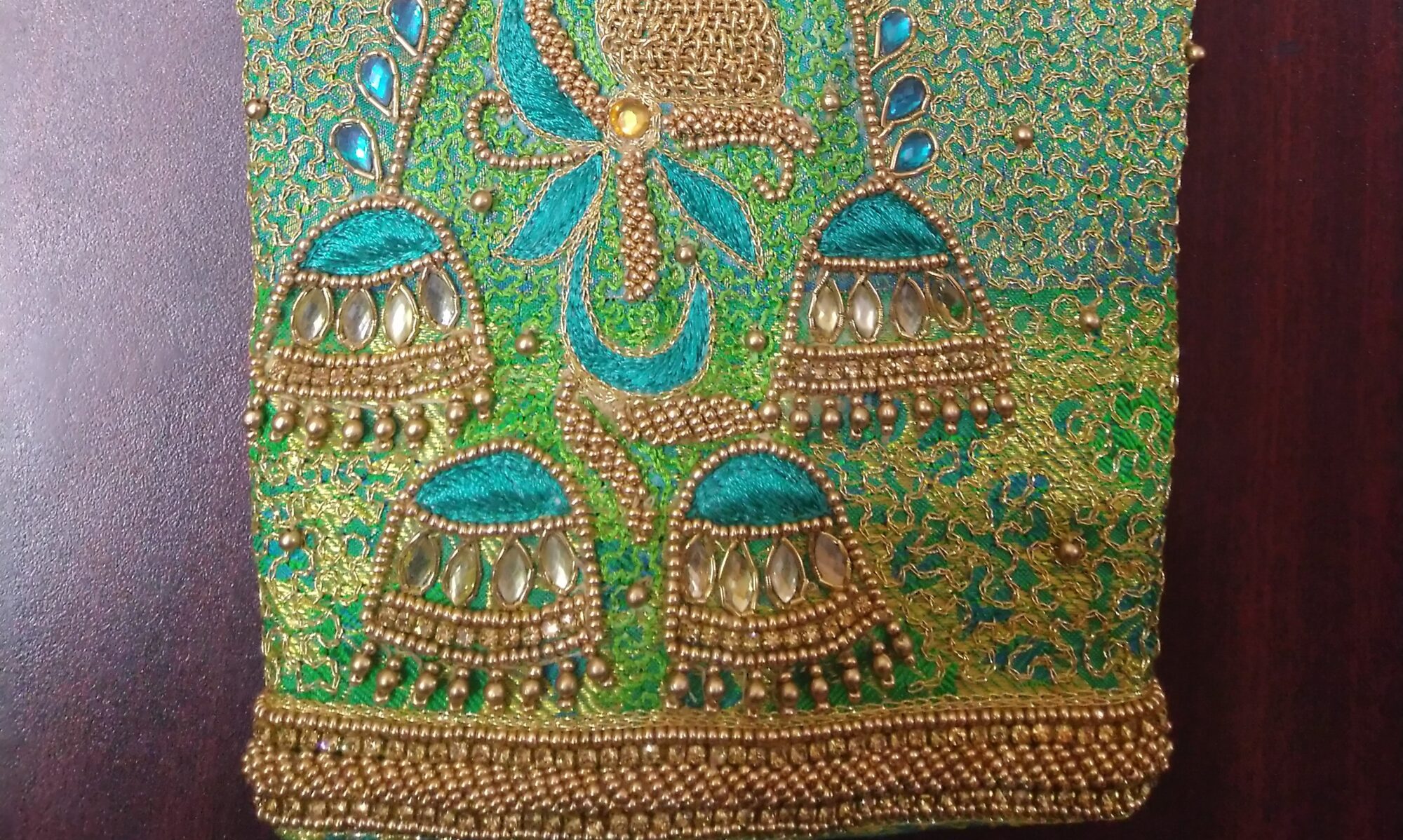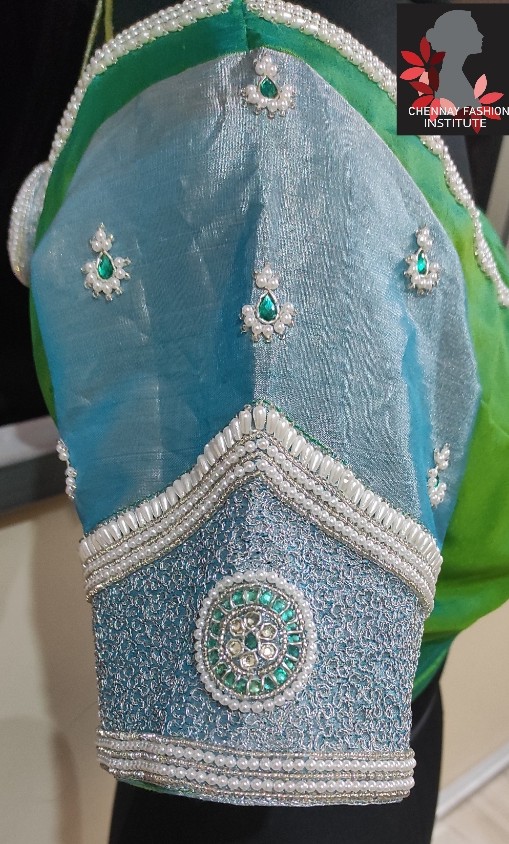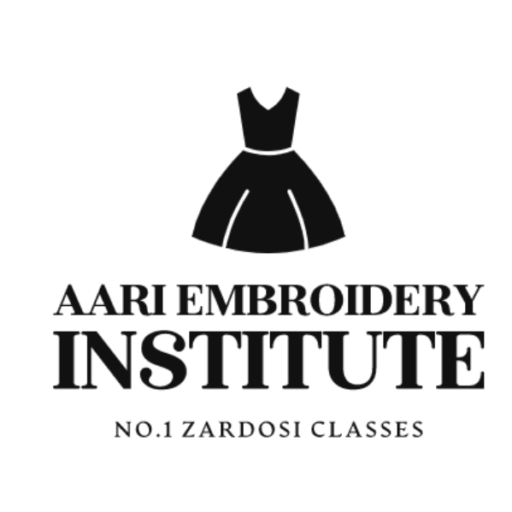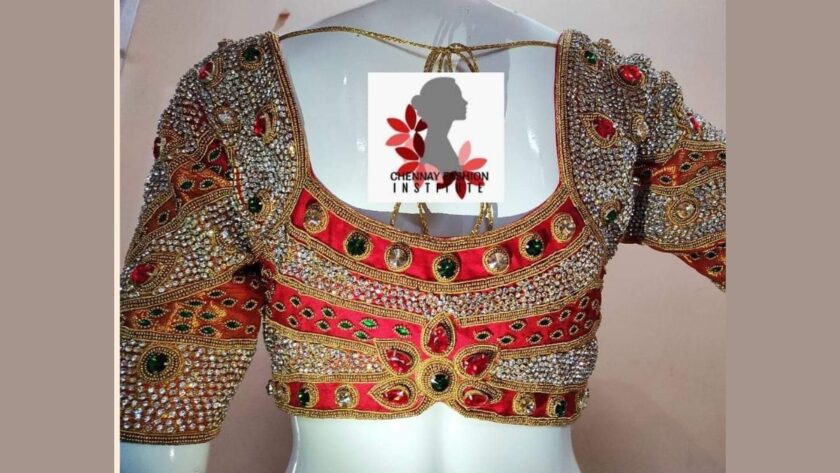Embroidery, the art of decorating fabrics with needle and thread, has been cherished for centuries. One particular form that stands out for its striking beauty and intricate detailing is peacock embroidery. Inspired by the graceful and vibrant plumage of the peacock, this style of embroidery showcases the magnificence of nature through skillful needlework. In this article, we will delve into the enchanting world of embroidery, exploring its origins, techniques, and the mesmerizing artistry it entails.
Learn Peacock Embroidery work in Chennai
Origins and Cultural Significance:
Peacock embroidery has a rich history that can be traced back to ancient times. It finds its roots in various cultures, such as Indian, Chinese, and Persian. In these cultures, peacocks have symbolized beauty, royalty, and immortality. The mesmerizing patterns and colors of the peacock feathers have inspired artisans to translate their allure onto fabric, creating stunning works of art.
Techniques and Materials:
Peacock embroidery is known for its meticulous attention to detail and the use of vibrant colors. Moreover, Artisans employ a variety of techniques to bring the peacock’s beauty to life. Some popular techniques include:
- Threadwork: Skilled embroiderers utilize various types of threads, such as silk, cotton, or metallic, to create intricate patterns resembling the feathers of a peacock. They carefully blend different hues to mimic the iridescent quality of peacock plumage.
- Beadwork: Firstly, Peacock embroidery often incorporates beadwork to add a three-dimensional effect. Tiny beads in different shapes, sizes, and colors are meticulously stitched onto the fabric, enhancing the overall visual appeal.
- Zardozi: Furthermore, A traditional form of embroidery originating in Persia, Zardozi involves the use of gold and silver wires to create intricate designs. Moreover, Peacock motifs are commonly applicable in Zardozi embroidery, adding a touch of opulence and grandeur to the artwork.
- Appliqué: Appliqué is a technique where small pieces of fabric are sewn onto a base fabric to create a design. Meanwhile, this embroidery often employs this method, allowing artisans to depict the peacock’s distinctive feathers and intricate patterns with precision.

Symbolism and Aesthetics:
Peacocks hold significant symbolism in various cultures. In fact, They are often associated with beauty, pride, and immortality. In peacock embroidery, the vibrant colors and intricate patterns not only capture the eye but also evoke a sense of grandeur and majesty. The art form’s attention to detail, balanced compositions, and symmetrical designs contribute to its aesthetic appeal without a doubt.
Applications and Contemporary Adaptations:
Peacock embroidery, firstly with its timeless beauty, has found its way into various applications. It is commonly applicable in embellish garments, such as sarees, dresses, and shawls, adding an element of sophistication and artistry. Home decor items like cushion covers, table runners, and wall hangings also feature this embroidery, enhancing the visual appeal of living spaces.
Read More
- Mastering Grand Stone Work on Sleeves: Aari Embroidery & Zardozi Creative Work Unveiled
- Beaded work
- Hand Embroidery Thread Work in Designer Silk Cotton Blouse
- Aari Embroidery Design: 10 Beautiful Models to Inspire
- Unleash Your Creativity with Embossed Flower Embroidery
- Customized Aari Embroidery Class for Ladies
- Grand Bridal Blouse: Embrace Elegance and Tradition
- Attractive Bridal Blouse Designing and Stitching
In recent times, peacock embroidery has also been adapted into modern and contemporary designs. Finally, Fashion designers and artists incorporate peacock motifs into their creations, bridging the gap between traditional craftsmanship and contemporary aesthetics. This fusion allows for a wider audience to appreciate the intricacy and allure of this embroidery.





